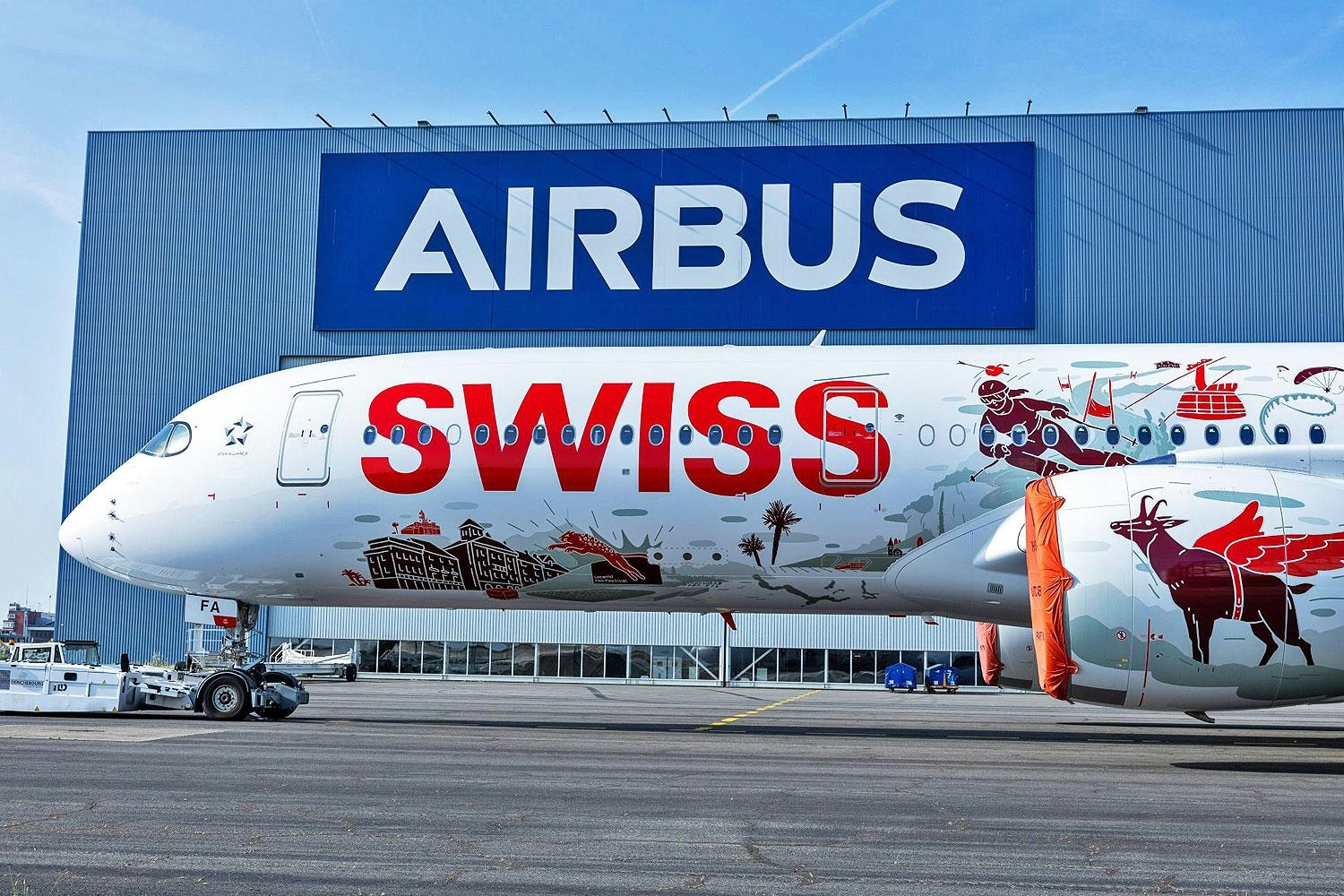
AeroGenie: Su copiloto inteligente.
Tendencias
Categories
The Successor to the Boeing 777-300ER
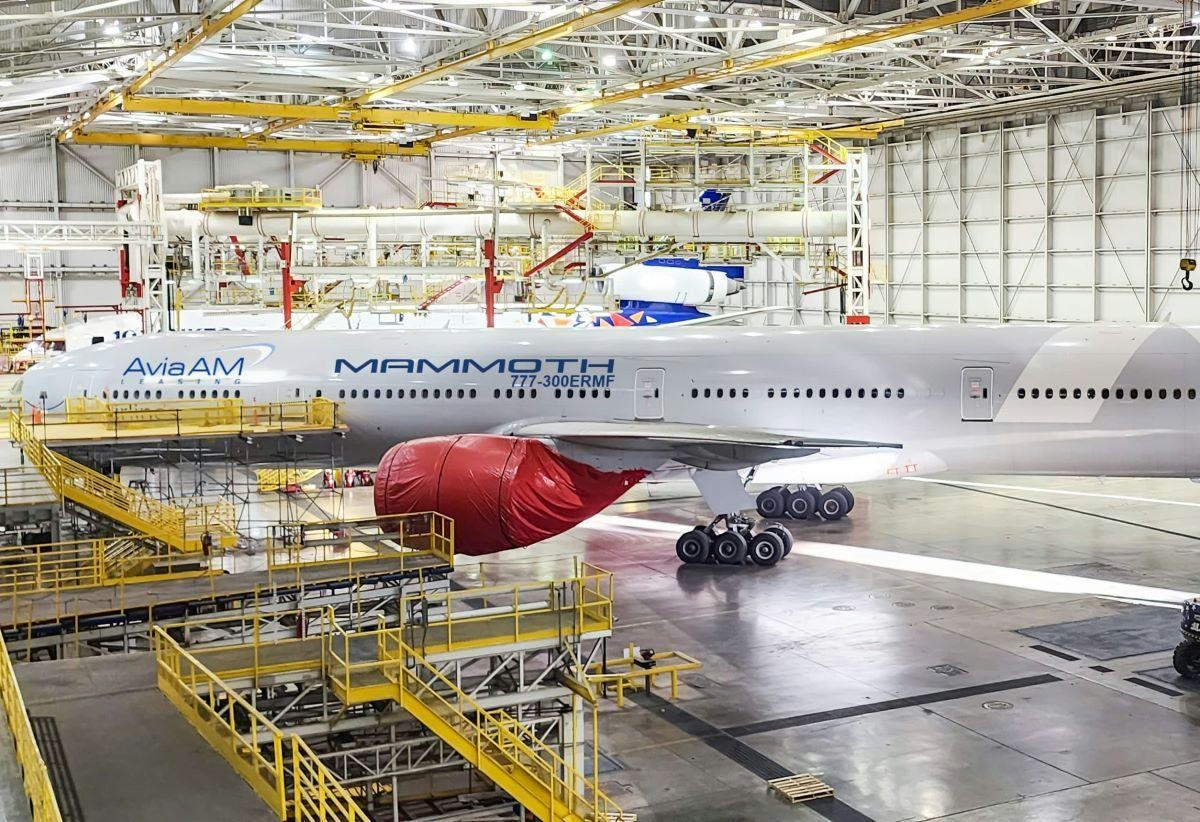
The Successor to the Boeing 777-300ER
The Boeing 777-300ER has been a pivotal aircraft in the landscape of long-haul aviation since its introduction in 2004. With over 800 units delivered, it stands as the best-selling variant within the 777 family. Major international carriers such as Emirates, Qatar Airways, Air France, and United Airlines have relied on the 777-300ER to transport more than 350 passengers across three classes, or upwards of 400 in two-class configurations. After two decades of service, however, this model is gradually being retired as airlines transition to newer, more technologically advanced aircraft.
Replacing the 777-300ER: Boeing 777X and Airbus A350-1000
Boeing’s designated successor to the 777-300ER is the 777-9, the largest variant in the upcoming 777X family. Scheduled to enter service in late 2026 or early 2027, the 777-9 will offer seating for approximately 349 passengers in a three-class layout and up to 426 in two classes, closely mirroring the capacity of the 777-300ER. Alongside the 777-9, Boeing is also developing the 777-8, a slightly shorter model designed to seat up to 395 passengers in two classes while providing an extended range of 8,745 nautical miles.
Airbus presents a formidable challenge to Boeing’s dominance with its A350-1000, which directly competes in terms of both capacity and range. The A350-1000 typically accommodates between 350 and 410 passengers in a three-class configuration, though most airlines opt for a slightly reduced seating of 330 to 340. Its range of 8,000 nautical miles surpasses that of the 777-300ER by approximately 10 percent, positioning it among the longest-range commercial aircraft currently in operation.
| Aircraft | Typical Seating (3-class) | Typical Seating (2-class) | Range (NM) |
|---|---|---|---|
| Boeing 777-300ER | 301–368 | 396 | 7,370 |
| Boeing 777-9 | 349 | 426 | 7,285 |
| Boeing 777-8 | — | 395 | 8,745 |
| Airbus A350-1000 | 350–410 | — | 8,000 |
Market Dynamics and Competitive Pressures
The 777-300ER has achieved total sales of 838 units, with a small number still awaiting delivery. The broader 777 family has amassed nearly 2,400 firm orders, making it the best-selling widebody aircraft series in history, although the Boeing 787 Dreamliner is rapidly closing the gap. The 777X program has already secured over 550 commitments, including 59 freighter variants.
Despite these successes, Boeing faces considerable challenges as it prepares to launch the 777X. Retaining market share against Airbus remains a critical concern, particularly in China, where Airbus has established a stronger presence. Boeing’s stock experienced a notable rise following reports of a potential 500-aircraft deal with China, yet Airbus’s entrenched position in the region tempers such optimism. Industry analysts anticipate that Airbus will continue to leverage its market strength in China and may introduce new models to intensify competition with Boeing’s next-generation widebody aircraft.
As the era of the 777-300ER draws to a close, the rivalry between Boeing and Airbus in the long-haul, high-capacity segment is poised to intensify, with both manufacturers striving to shape the future of global air travel.
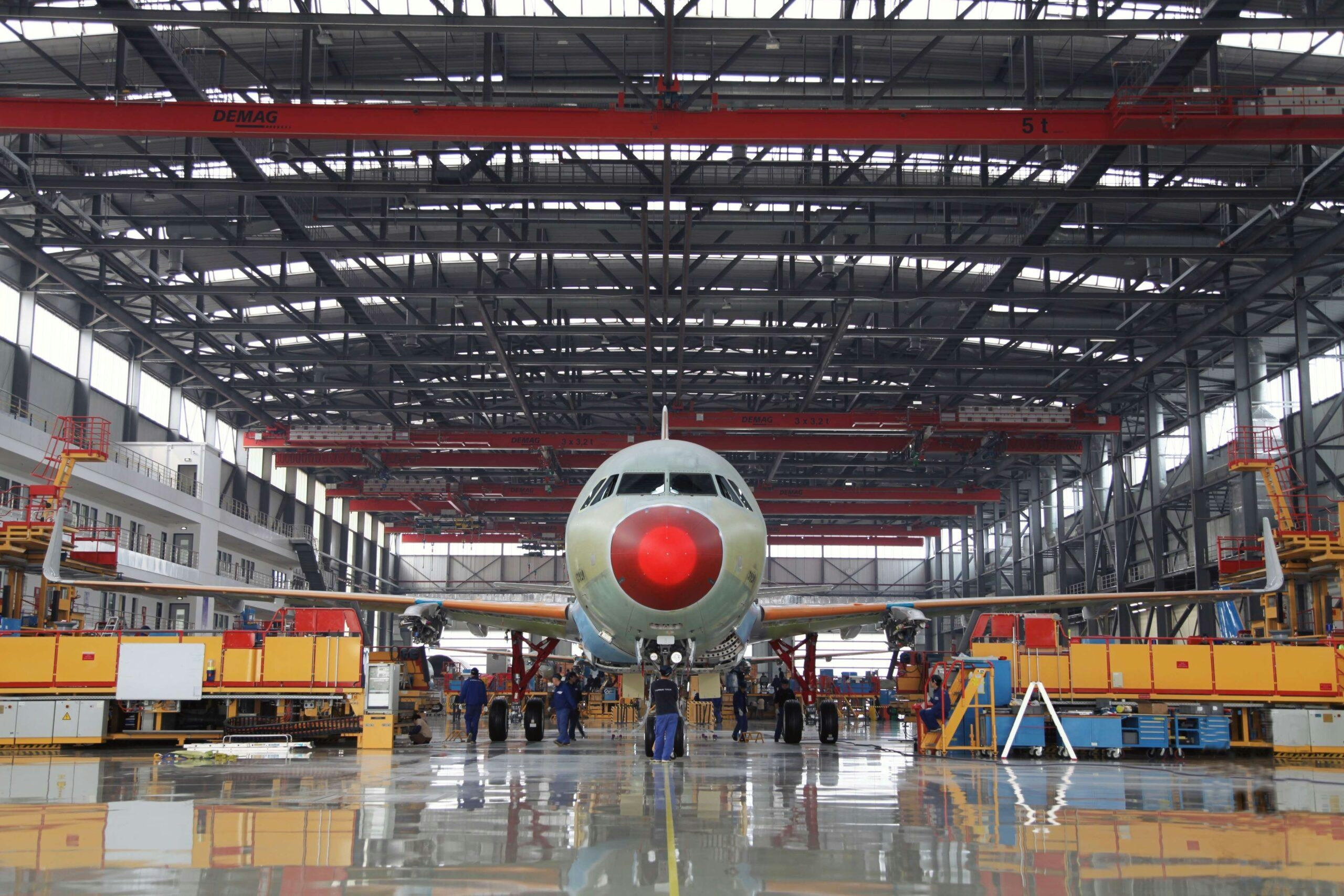
Airbus Forecasts 3.6% Annual Growth in Aircraft Services Through 2044

Pilot's association demands grounding of all Air India Boeing 787 flights, cites repeated technical snags

Deloitte Outlines Technology Priorities for 2025

World Aviation Festival 2025 Announced
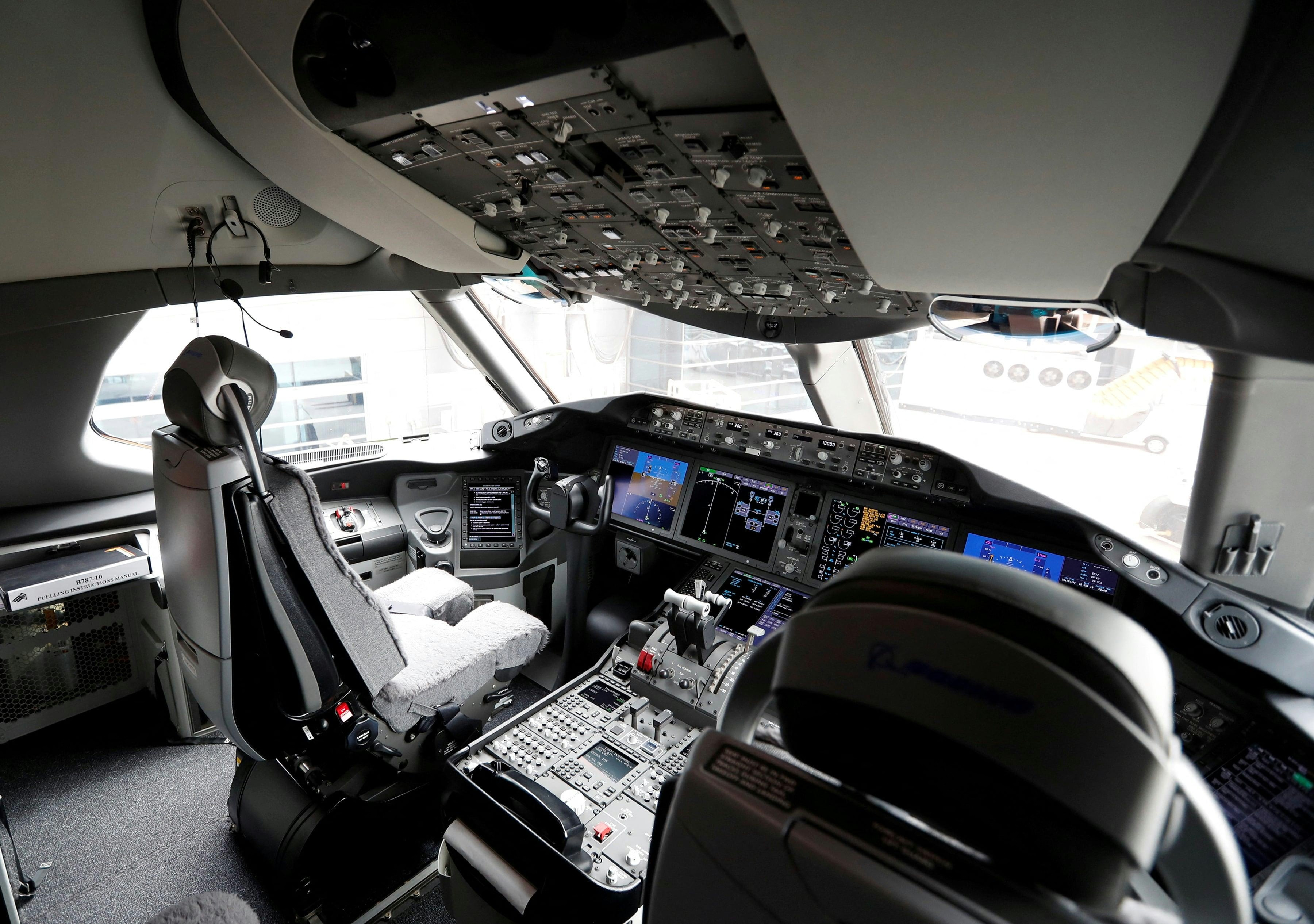
Delhi-Bound AI Dreamliner Diverts to Dubai; FIP Calls for B787 Inspections

Inter Airport Europe 2025: Highlights from Day Three
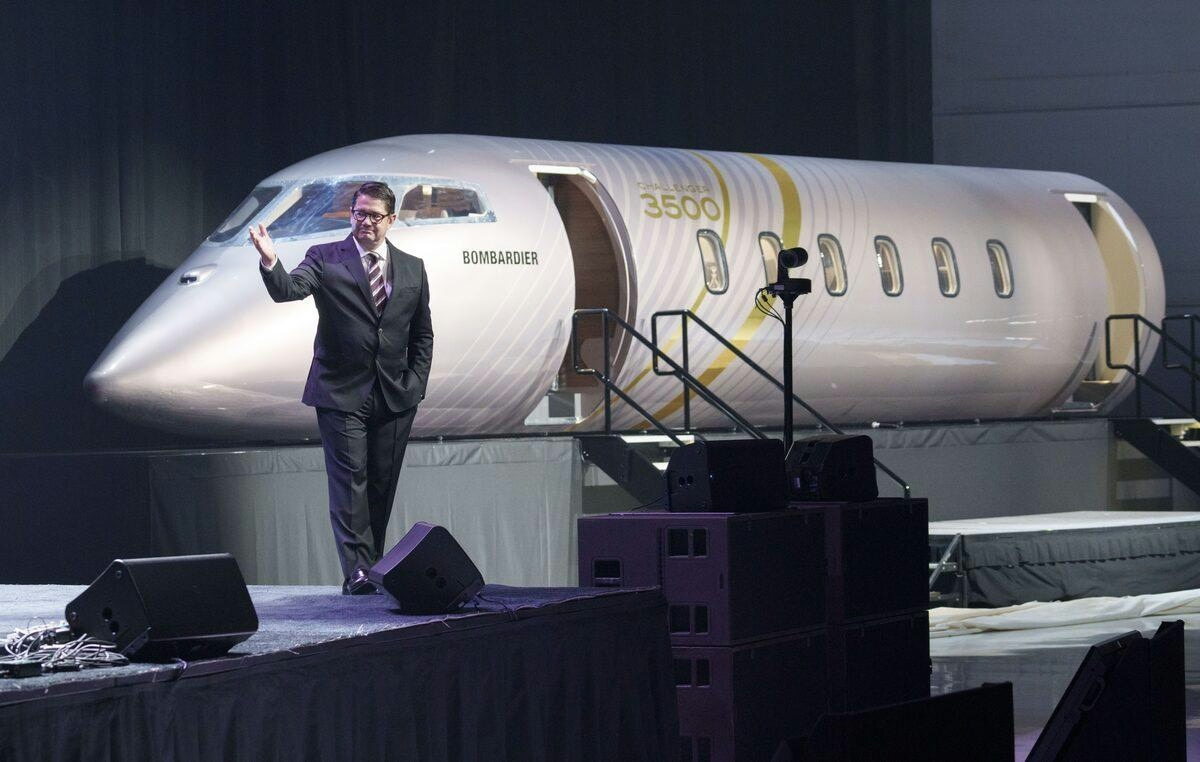
AB Jets Takes Delivery of First Bombardier Challenger 3500
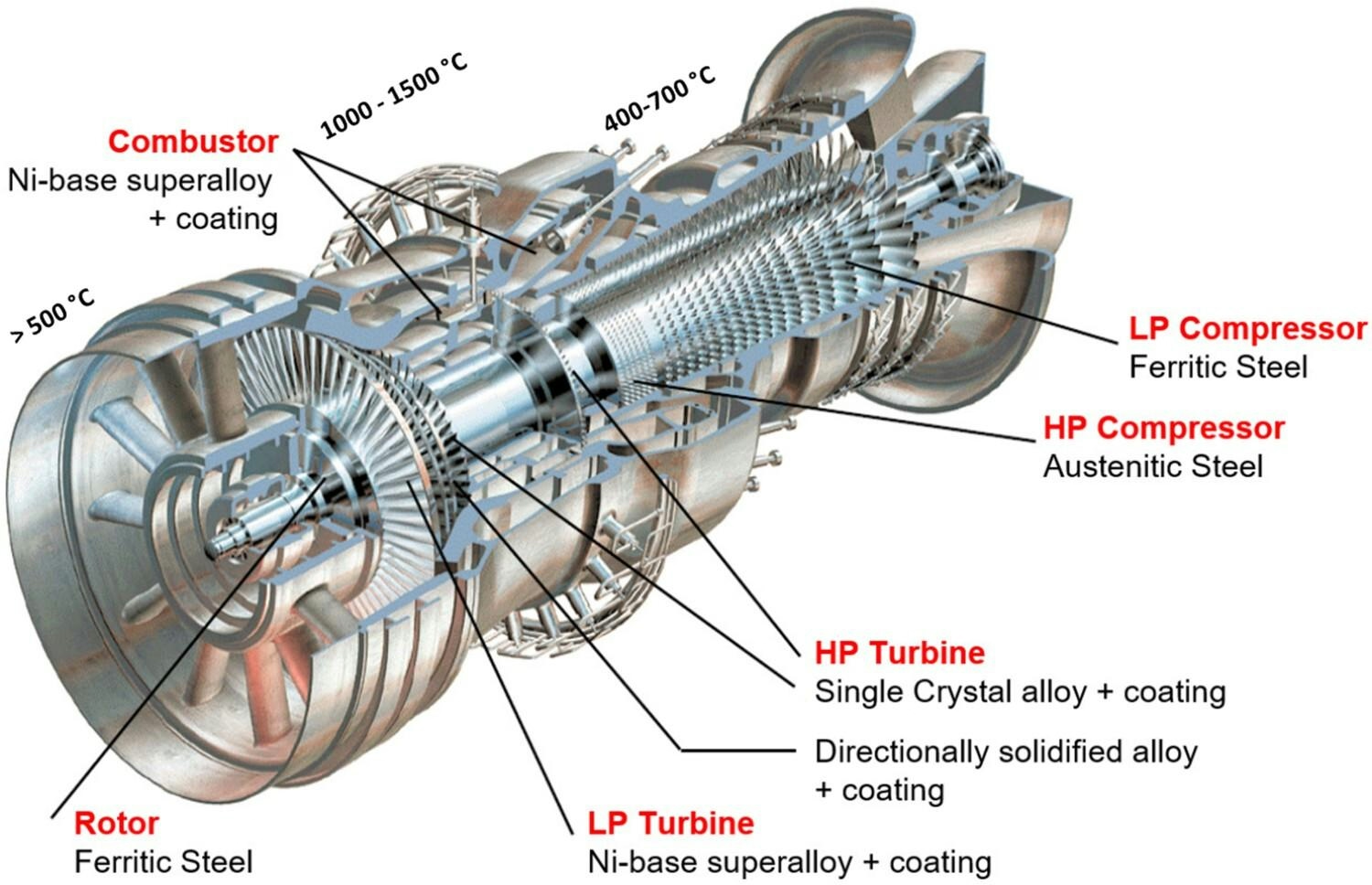
New Alloy Withstands 3,632°F, Promises Reduced Fuel Use in Aviation and Turbines
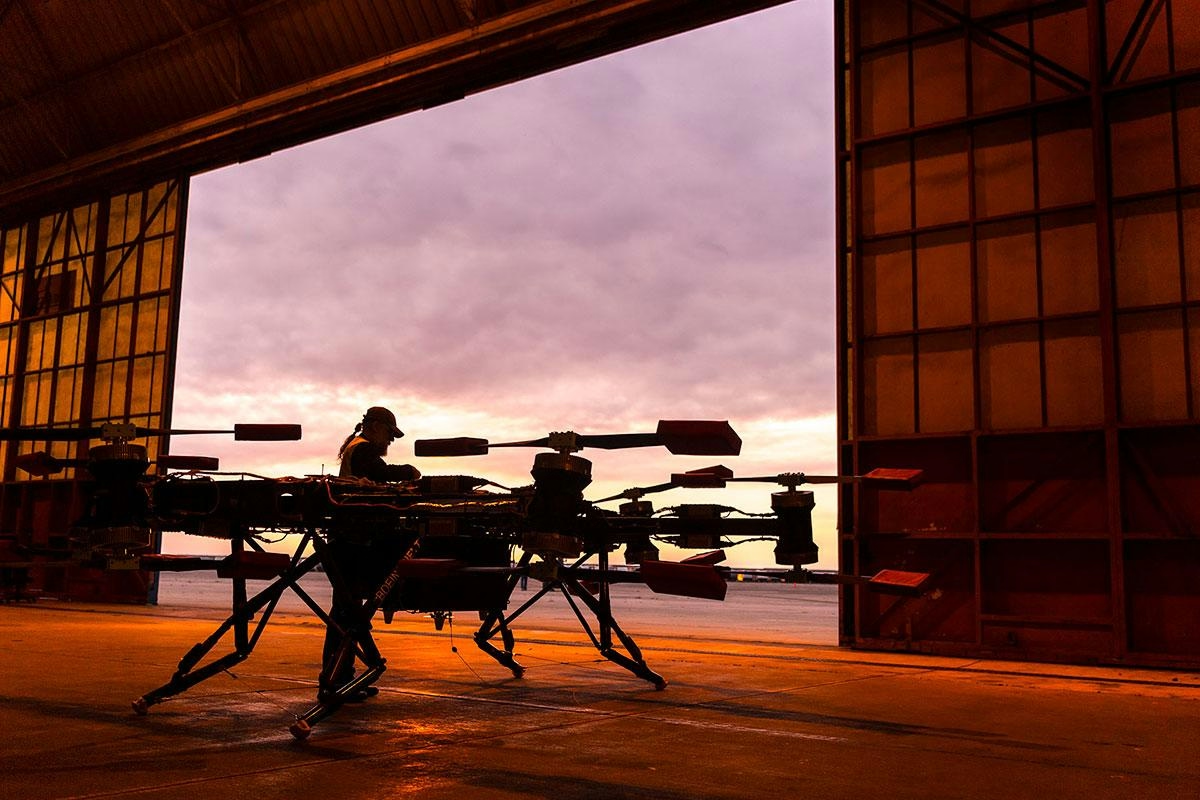
Advances in Air Mobility Open New Opportunities
